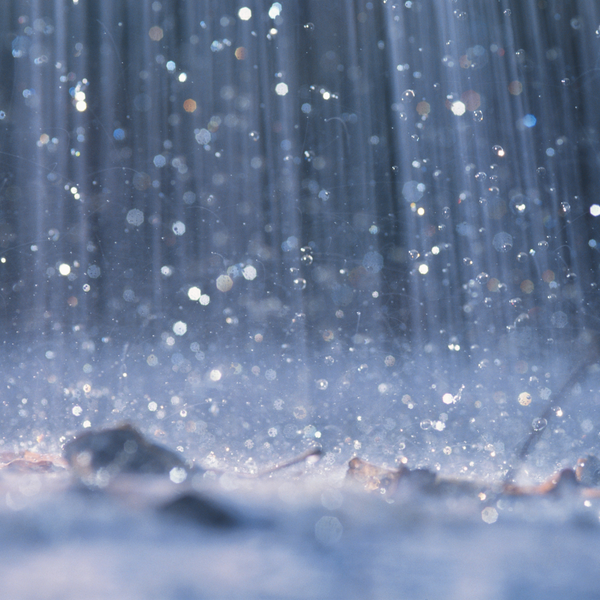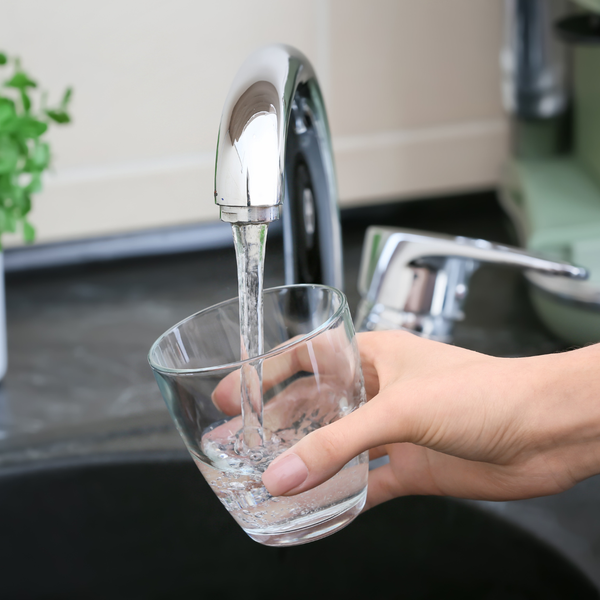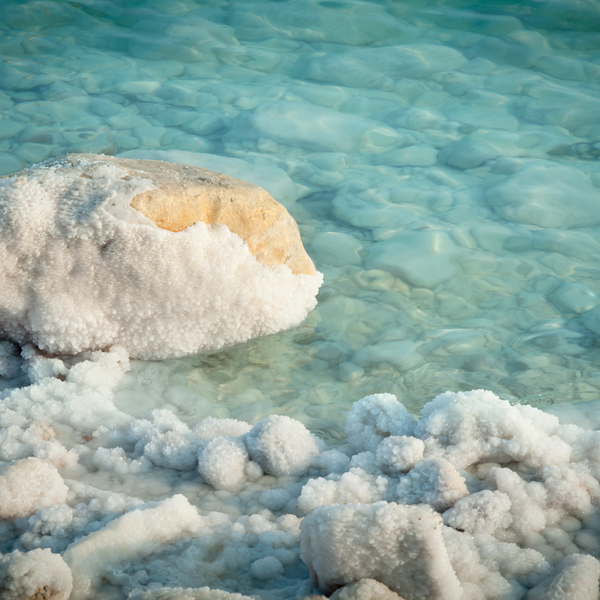Water Sources for Hermit Crabs: What Every Crab Keeper Should Know
When it comes to hermit crab care, water is life. Hermit crabs breathe through modified gills that need humidity, and they rely on both fresh and saltwater to survive and thrive. But not all water is created equal. What’s in the water can make all the difference.
Let’s break down water sources, how to make them safe, and what’s truly best for your crabs.

Is Your Water Good For Your Hermit Crab?
The condition of their shell and body is one of the most visible indicators of a crab's well-being. A healthy hermit crab will have a clean, smooth, and intact shell, and their legs and eyes will appear moist and plump. If you notice persistent dullness, damage, or a refusal to switch into a properly sized shell, this is a red flag that requires attention to their habitat.

Rainwater For Hermit Crabs
Rainwater, when collected safely, is one of the most natural sources of hydration for hermit crabs. As rain falls, they absorb trace amounts of minerals from the air and surfaces they touch. These often include:
- Calcium – supports a strong exoskeleton and healthy molting.
- Magnesium – aids in muscle function and exoskeleton flexibility.
- Potassium – helps regulate fluid balance and nerve function.
- Carbonates – stabilize pH.
How To Collect Rainwater For Hermit Crabs Safely
- Use a clean, food-grade container (never metal).
- Let the first few minutes of rainfall rinse away airborne dust and pollution.
- Collect during steady rainfall.
- Store in a sealed container, away from sunlight.

Spring Water For Hermit Crabs
Spring water is naturally filtered through rocks and soil, picking up a rich blend of minerals along the way. Common minerals include:
- Calcium & Magnesium – essential for exoskeleton strength and successful molts.
- Sodium & Potassium – important for balancing fluids.
- Zinc & Iron – tiny amounts are needed for metabolic health.
When properly sourced, these minerals give hermit crabs a boost you just don’t get from distilled or Reverse Osmosis water.
Safe Spring Water For Hermit Crabs Collection Tips
Only collect from clean, natural springs—not roadside ditches or untested wells. You'll want to make sure that your water is as clean as possible. Collect only from clean natural springs—not untested wells. Make sure that your water source isn't downstream from farmland or factories, use clean containers, and, if possible, have the water tested.
Distilled Water
Distilled water is stripped of all minerals necessary for the health of your hermit crab. While it won’t harm hermit crabs right away, it doesn’t provide the natural minerals they’d encounter in the wild. Used exclusively, it’s not ideal.

Tap Water For Hermit Crabs
Tap water is the most common water source, but can be risky. Municipal supplies usually contain chlorine, chloramine, and fluoride—all toxic to hermit crabs.
How to make it safe:
- Use a conditioner designed for aquariums, like Seachem Prime, which neutralizes chlorine, chloramine, and many heavy metals.
- Be aware: in some areas, chlorine/chloramine levels may be higher than conditioners can fully handle. In that case, it’s safer to use RO or spring water instead.
- Always check your city’s annual water report (usually available online) to know exactly what’s in your water.
Reverse Osmosis (RO) Water For Hermit Crabs
RO water is extremely filtered—great for removing contaminants, but also stripped of minerals. Like distilled, it’s safe as long as it’s paired with salt mixes or remineralization.

Saltwater for Hermit Crabs
Hermit crabs must have both fresh and saltwater pools available 24/7. In nature, they return to the ocean to replenish minerals, balance fluids, and maintain proper conditions inside their shells.
Marine Mixes like Instant Ocean aren’t just “salt.” It’s a complete marine salt mix designed for ocean life, and it includes:
- Magnesium, calcium, potassium, and trace elements hermit crabs need for exoskeleton health and molting.
- Balanced salinity that mimics seawater.
- pH buffers to help stabilize the water.
These minerals are essential and can’t be replaced by table salt or aquarium freshwater salt.
Key Takeaways
- Hermit crabs need fresh and saltwater available at all times.
- Safe rainwater and spring water provide natural minerals that support molting and exoskeleton health.
- Tap water must always be conditioned, but fluoride, high chlorine, or high chloramine can still make it unsafe in some regions.
- Seachem Prime and similar products help, but sometimes an alternative source like spring or RO water is best.
- Distilled and RO water are “empty” and shouldn’t be the only sources long-term.
- Pools should be deep, safe to exit, and refreshed regularly.
- Always use marine-grade salt mixes like Instant Ocean—never plain salt.
By providing clean, mineral-rich water in both fresh and saltwater pools, you’re not just covering the basics—you’re giving your hermit crabs the environment they need to thrive, molt successfully, and live long, healthy lives.
